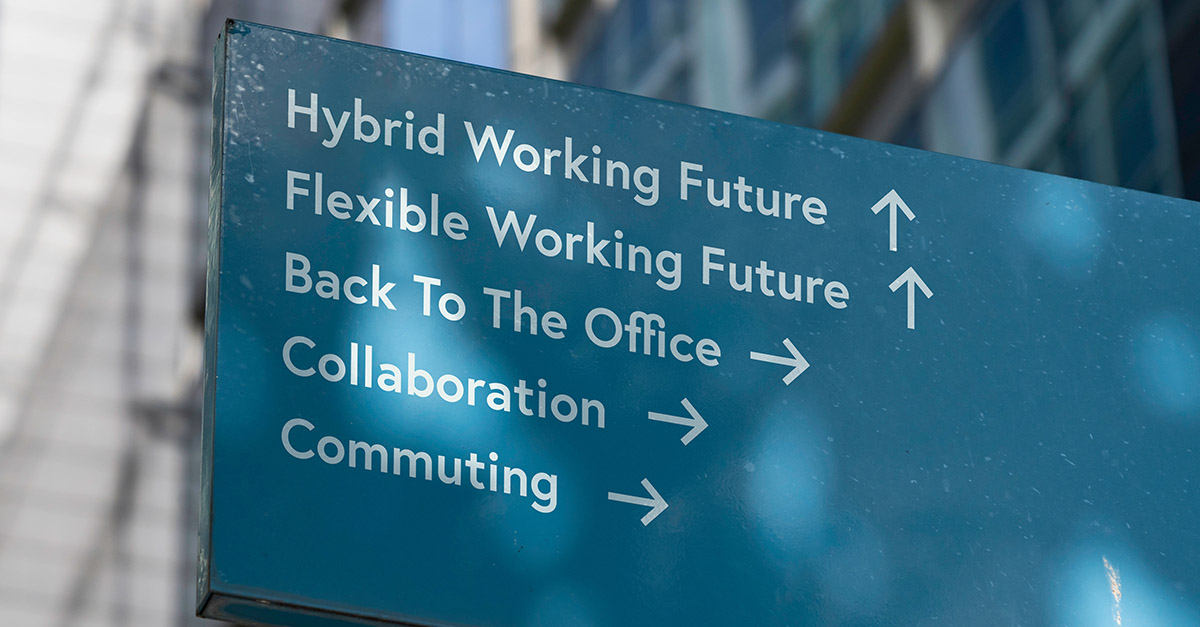The Autumn Statement 2022 and the likely impact on Employers

Recently we have become used to greeting autumn statements, budgets and the unveiling of fiscal events with trepidation usually reserved for the results of a medical examination. The chancellor’s autumn statement of 17 November was the latest of these to be preceded by the nation holding its breath.
In 54 days the government has moved from the largest tax cuts in UK history to the biggest tax burden in over 70 years. Much of the commentary of the past 24 hours has focussed on the not insignificant burdens that household budgets and public services are now facing. Employment lawyers and HR professionals will be wise to note the potential impact on this apparent £30 million hole in the public purse. Strike action by the RMT and others has dominated the domestic news cycle for much of this year and earlier this week, the Financial Times reported on the likelihood of another ‘winter of discontent’ echoing the dark days of 1978-79, following the recent decision by members of the Royal College of Nursing to strike for the first time in its history. To put this into context, 2017 saw the UK experience the lowest number of days lost to strike action since 1893 - what a difference five years makes. The precise rules on industrial action covering strikes, the legality of balloting and impacts on pay and collective bargaining can be a minefield for employers who, without adequate legal support can very easily sleepwalk into avoidable and costly breaches of the laws on industrial relations.
Accompanying the measures unveiled yesterday was the somewhat grim economic forecasting from the Office of Budget Responsibility that the recession will almost certainly last at least 12 months. Employment lawyers will recognise the creeping likelihood that the focus of their work will inevitably turn towards queries and guidance on redundancies that almost always accompany such downturns.
Two years’ ago when the treasury shut down the economy by choice (albeit with its hand forced by coronavirus) the rates of redundancies were stalled by the furlough scheme which by and large succeeded in its objective of stemming the tide of redundancies – this time however, no such government backed safeguard exists.
Some concessionary measures were made towards businesses including freezes on corporation tax, employers’ national insurance contributions and the VAT registration threshold; however the employment allowance –providing smaller businesses with a reduction in their employer’s NIC bill is also frozen. For those that qualify, the Research and Development Tax Relief scheme has been expanded, however the proportion of the economy to which this will benefit is really quite small.
Predictions are already being made as to the consequences of these measures. In an ideal world, redundancies resulting from the coming belt tightening exercises will be few and far between and those that do occur will follow the precise rules of fair process and consultation with no need for any litigious wrangling to follow. Previous experiences of recessions however, tell a slightly different story. Then again, if the last few years have taught us anything, it’s that predictions are dangerous things.

Contact our Employment specialists:
Employment law never stops evolving. Talk to our employment law specialists about how we can help manage your workforce.







